The Mclaren Artura has been given its public UK debut at Goodwood Festival of Speed as the 671bhp, plug-in supercar took centre stage on the firm's exhibition stand.
It's McLaren first ‘clean sheet’ supercar since the game-changing McLaren 12C a decade ago, replacing almost every facet of its V8-engined Sports and Super Series models with an all-new design that provides early clues about how it will deal with the age of electrification.
The Artura, which is available to order now from £185,500, is a plugin hybrid with a governed 205mph top speed and 3.0sec 0-60mph acceleration.
In addition to the explosive performance, it can cruise for up to 19 miles on battery power alone and its combined fuel economy exceeds 50mpg.
At the kerb, the Artura weighs just 27kg more than a McLaren 720S even though its 671bhp powertrain consists of a newly designed twin-turbo V6 engine, a 92bhp electric motor and a 7.4kWh battery, all mated to a new eight-speed gearbox. The hybrid components weigh 130kg in their own right, showing the extent of McLaren’s weight-saving measures across the rest of the new car.
With the arrival of the Artura, McLaren is ditching its confusing policy of using numbers to distinguish its cars, in favour of names.
Also disappearing is the demarcation between Sports and Super Series models: the new car is positioned as a supercar, above the recently launched McLaren GT but below the £220,000 720S. McLaren has already confirmed that a full-electric model is under development and scheduled to hit the market “after 2025”.

Chassis and body design
The Artura has an all-new central carbonfibre tub that’s lighter than the one previous cars used, with aluminium crash beams front and rear and an aluminium rear subframe to support the engine and rear suspension. The ‘shrinkwrapped’ body panels are a combination of carbonfibre and Superformed aluminium.

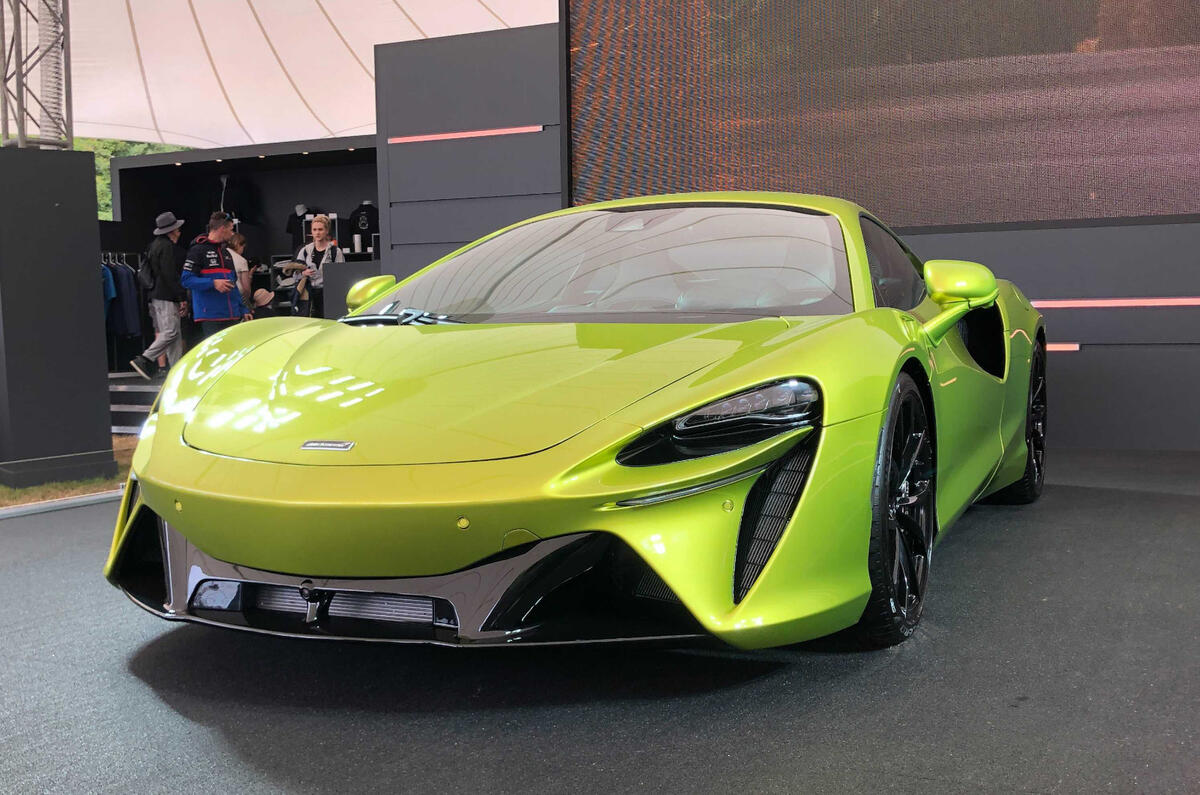
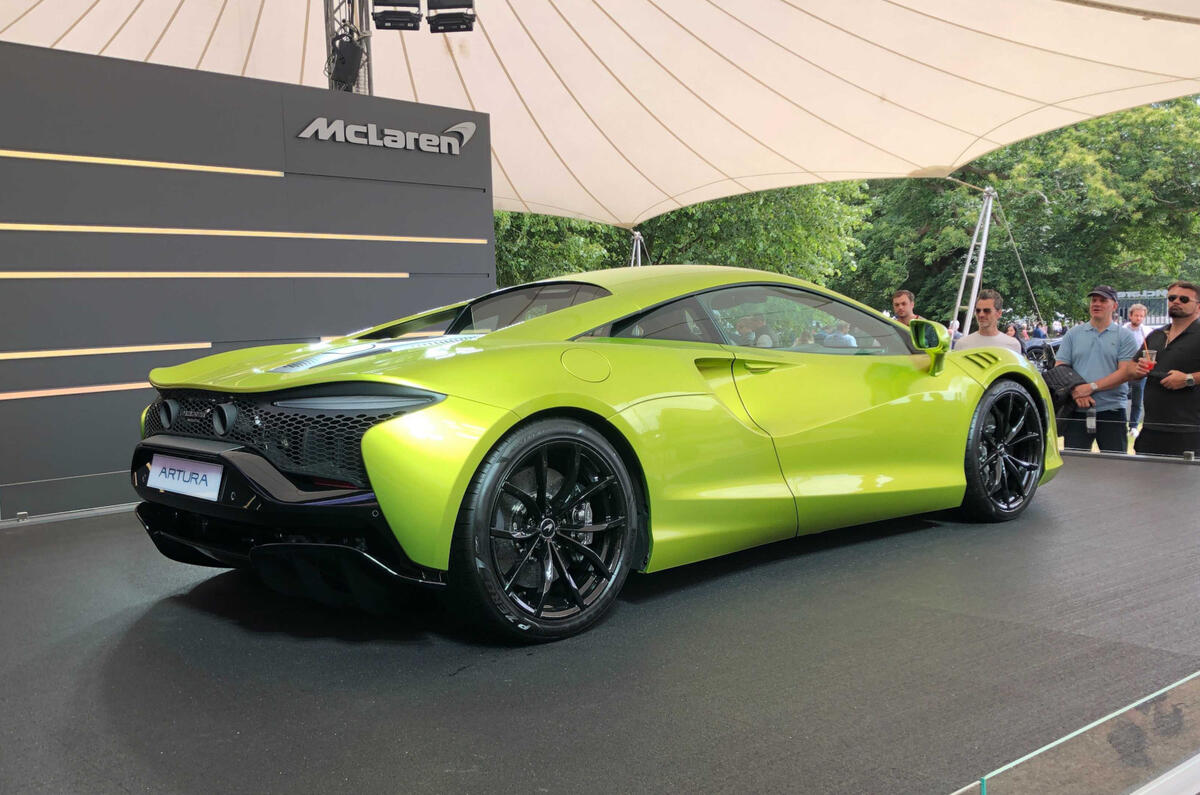
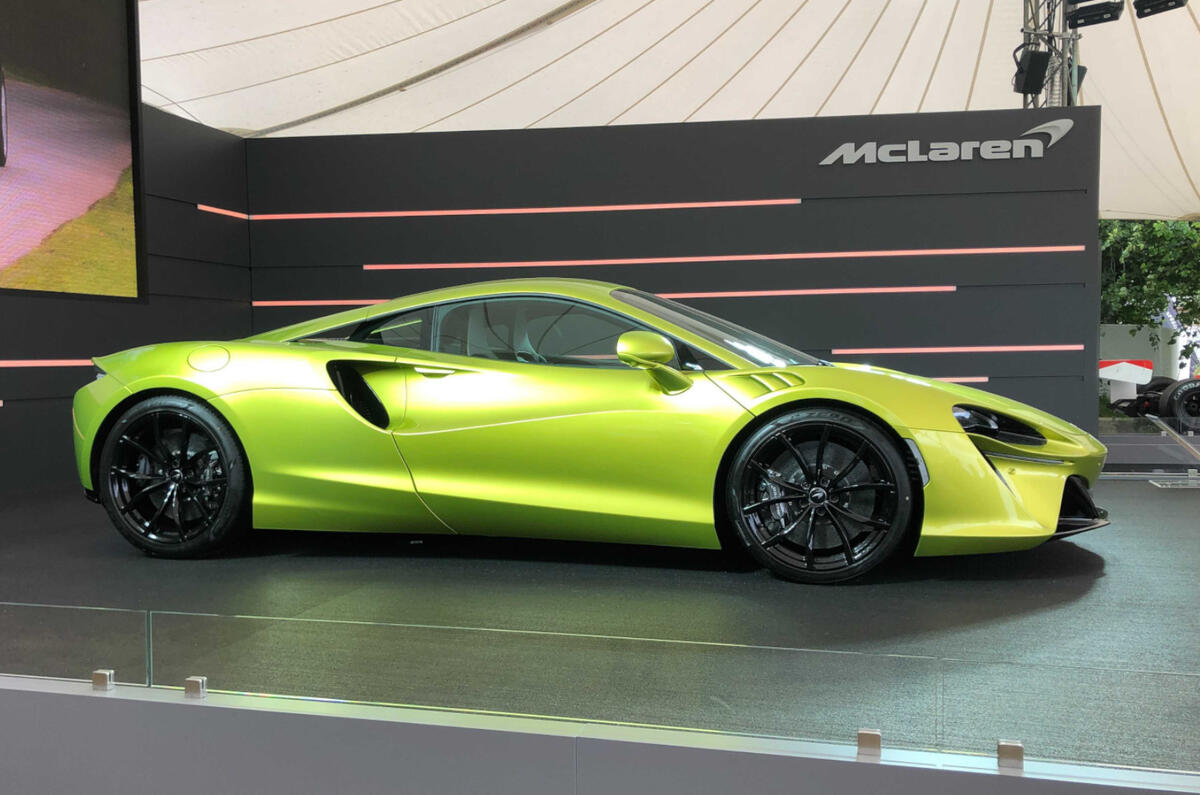
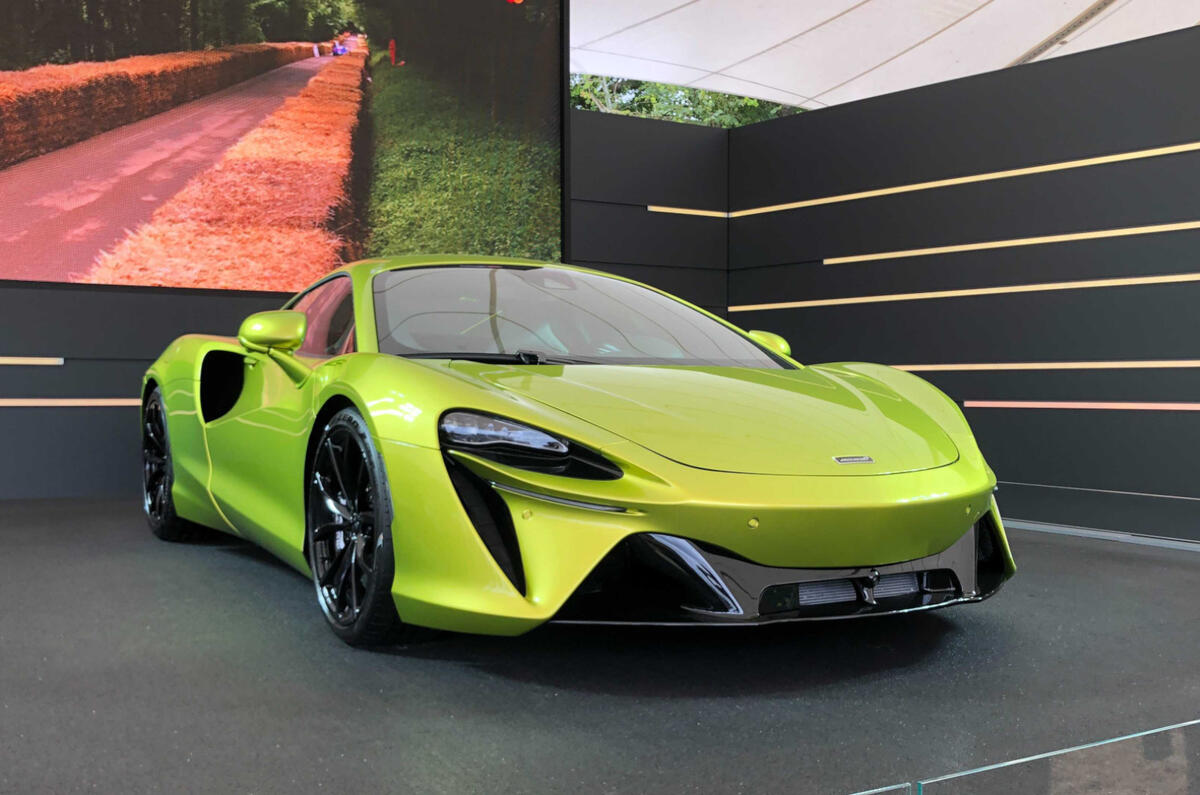
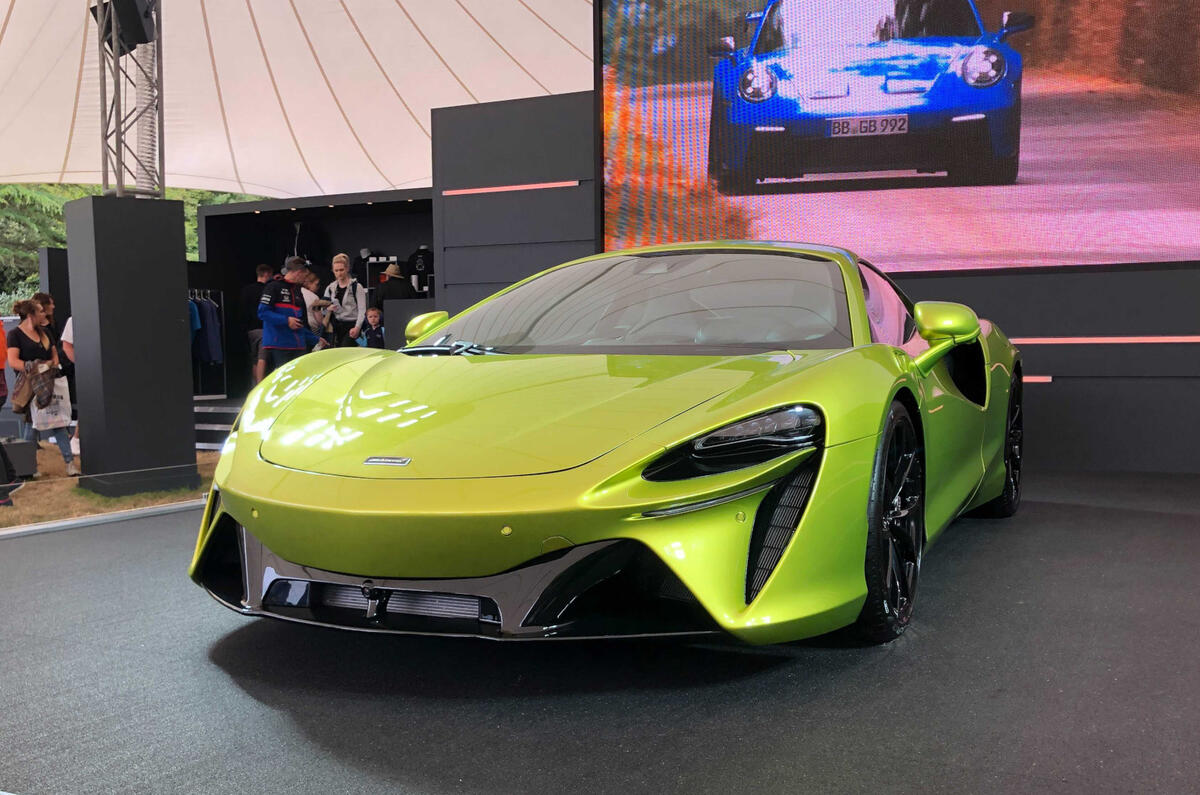
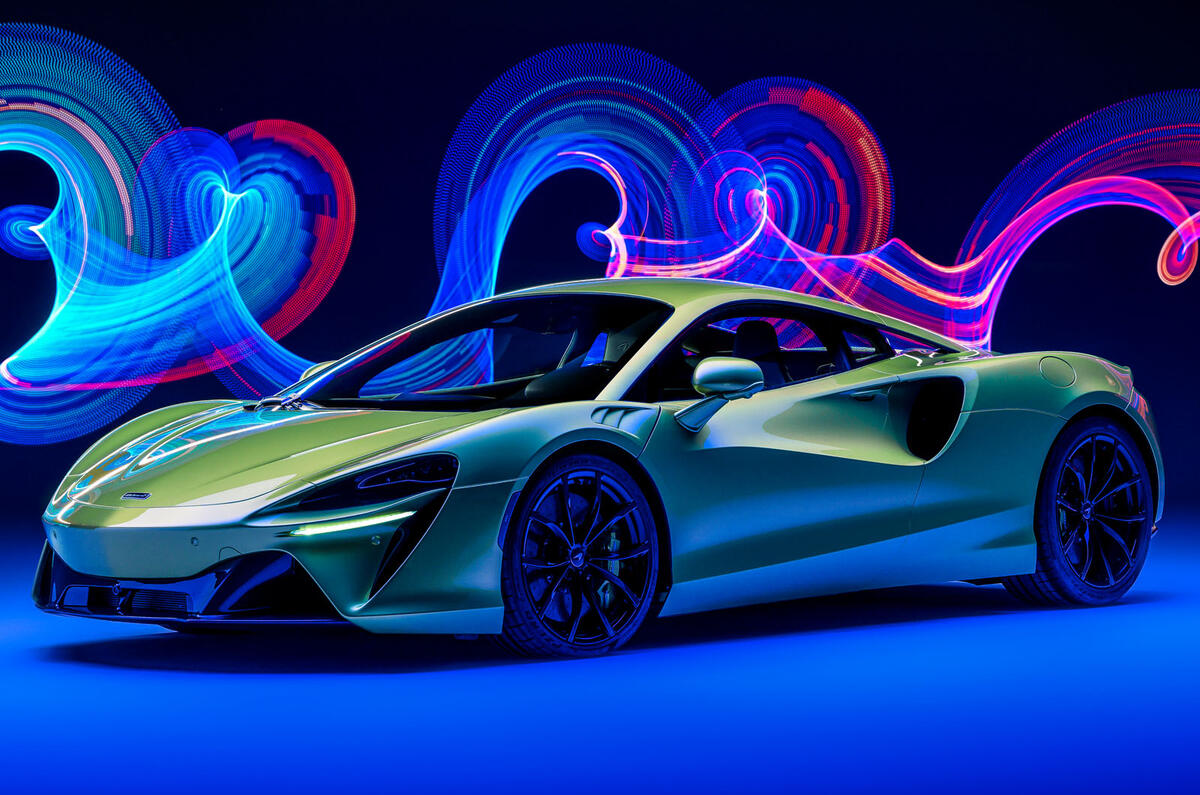
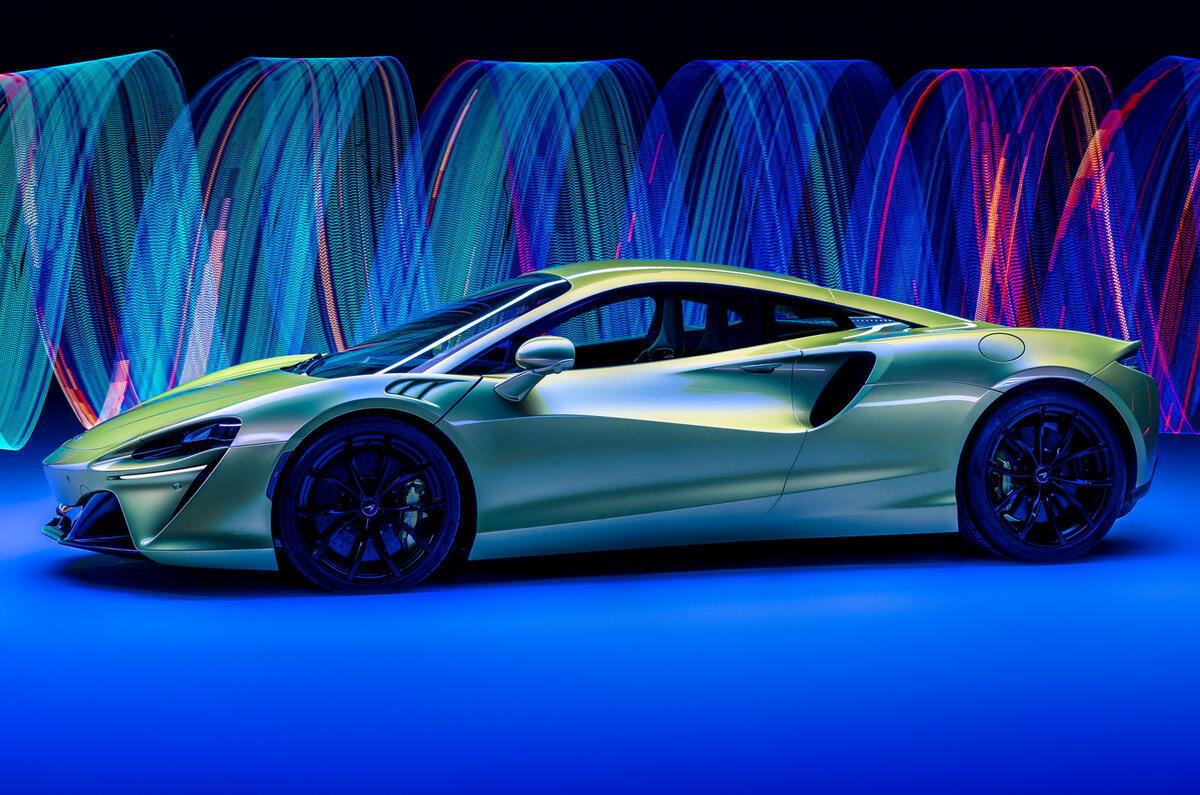
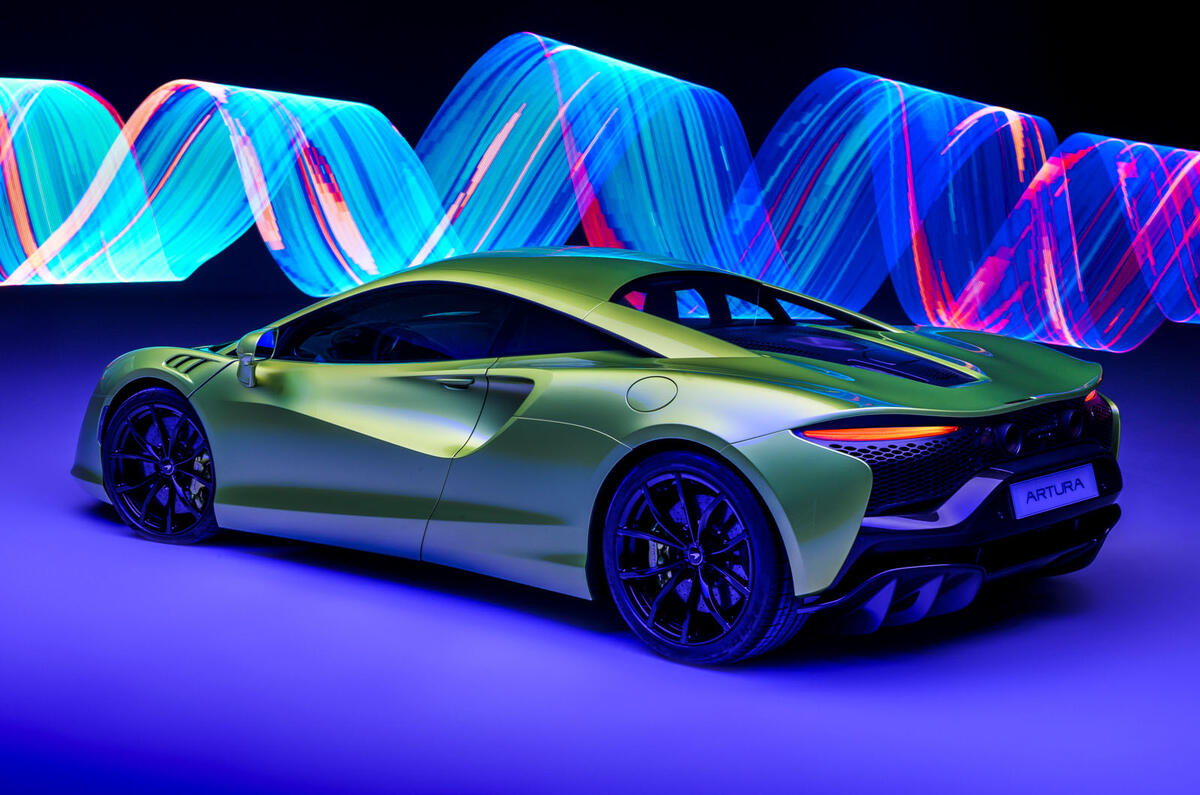

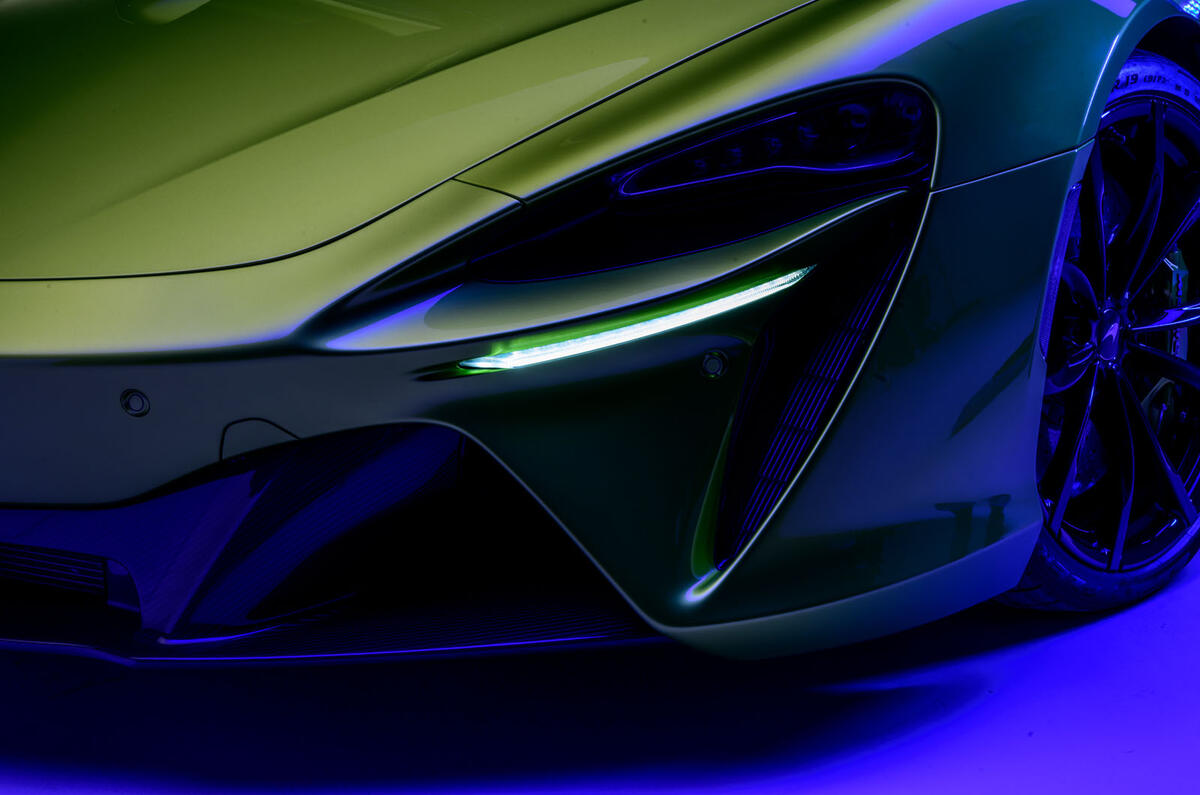


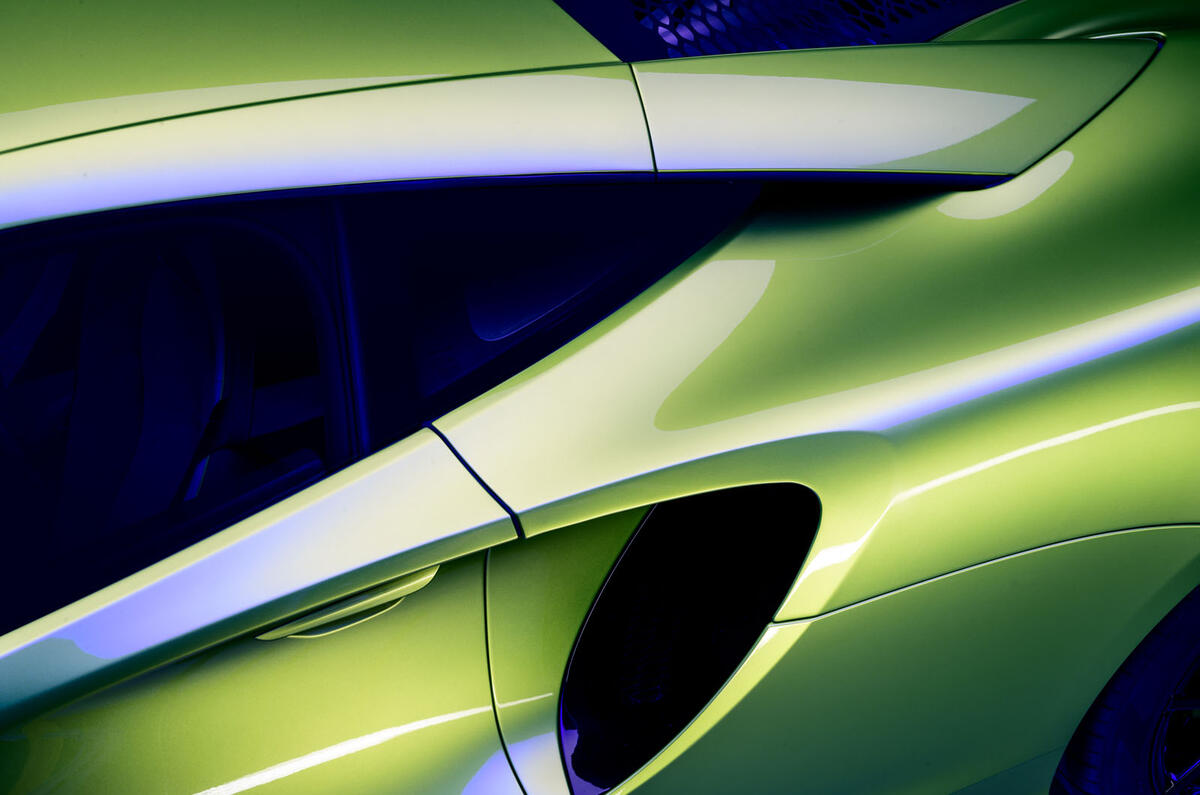
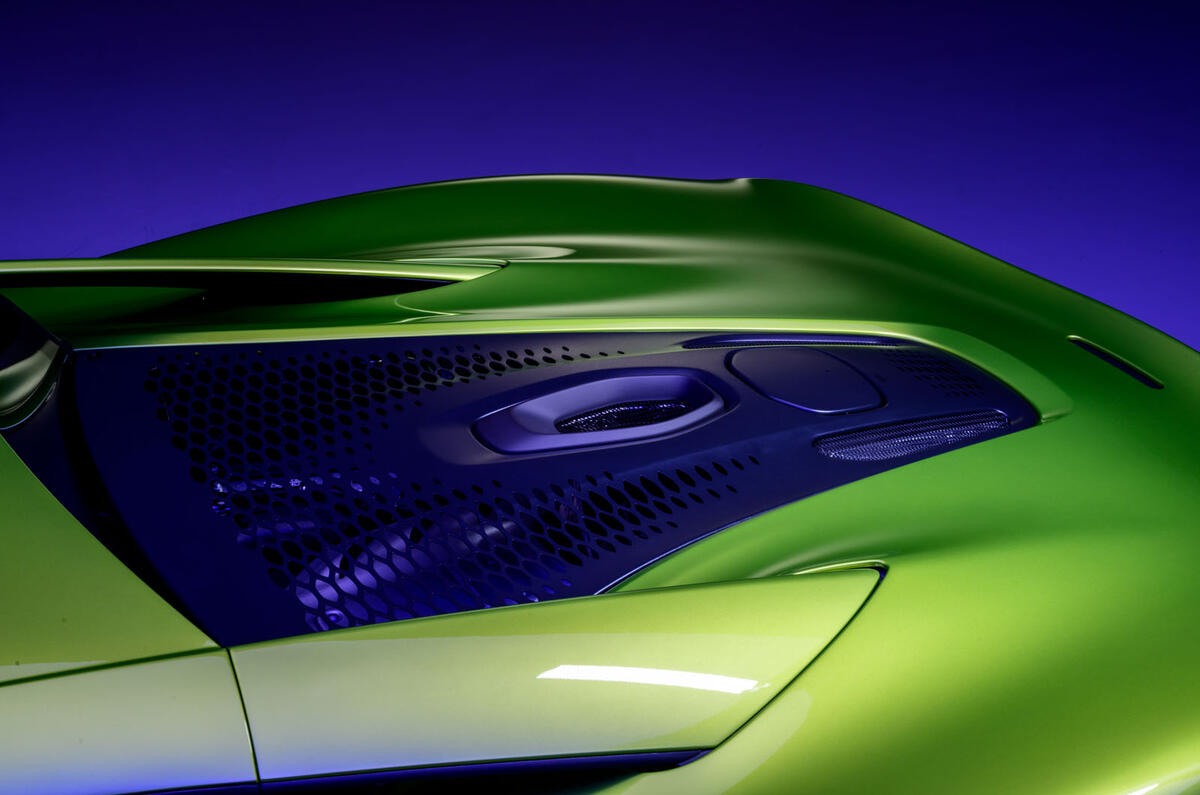
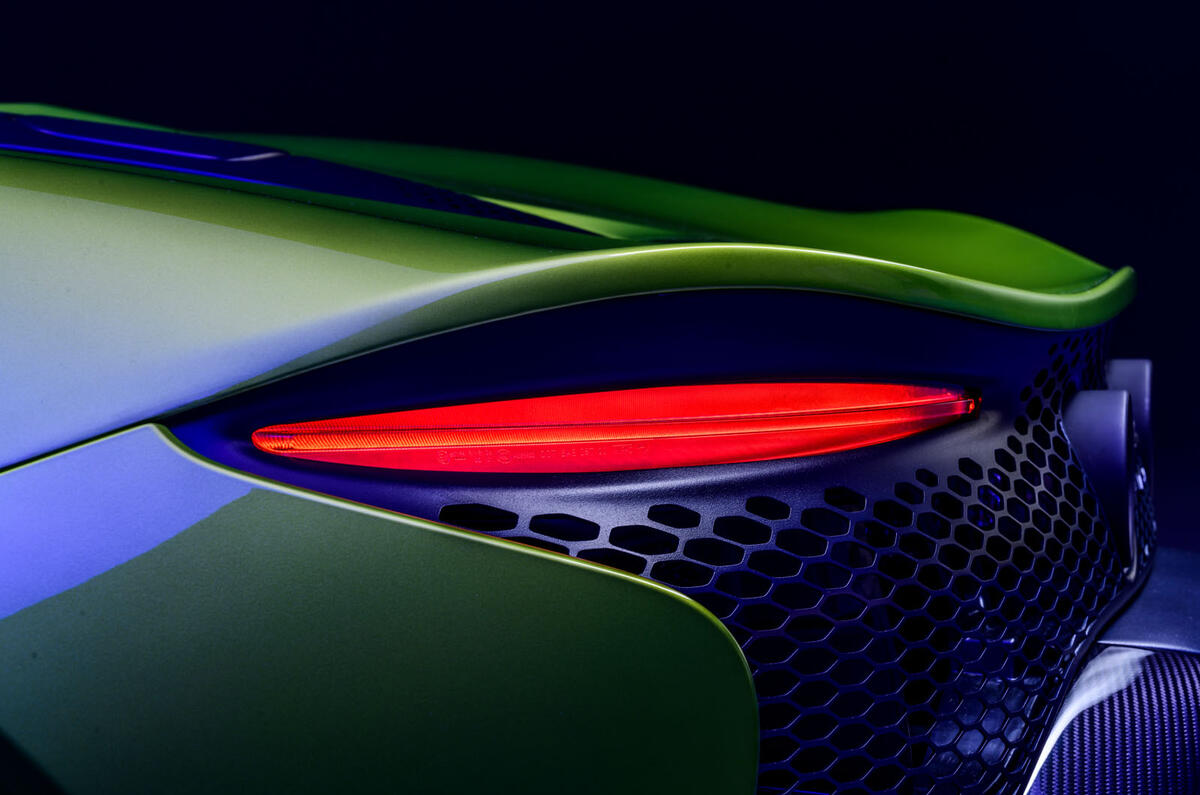

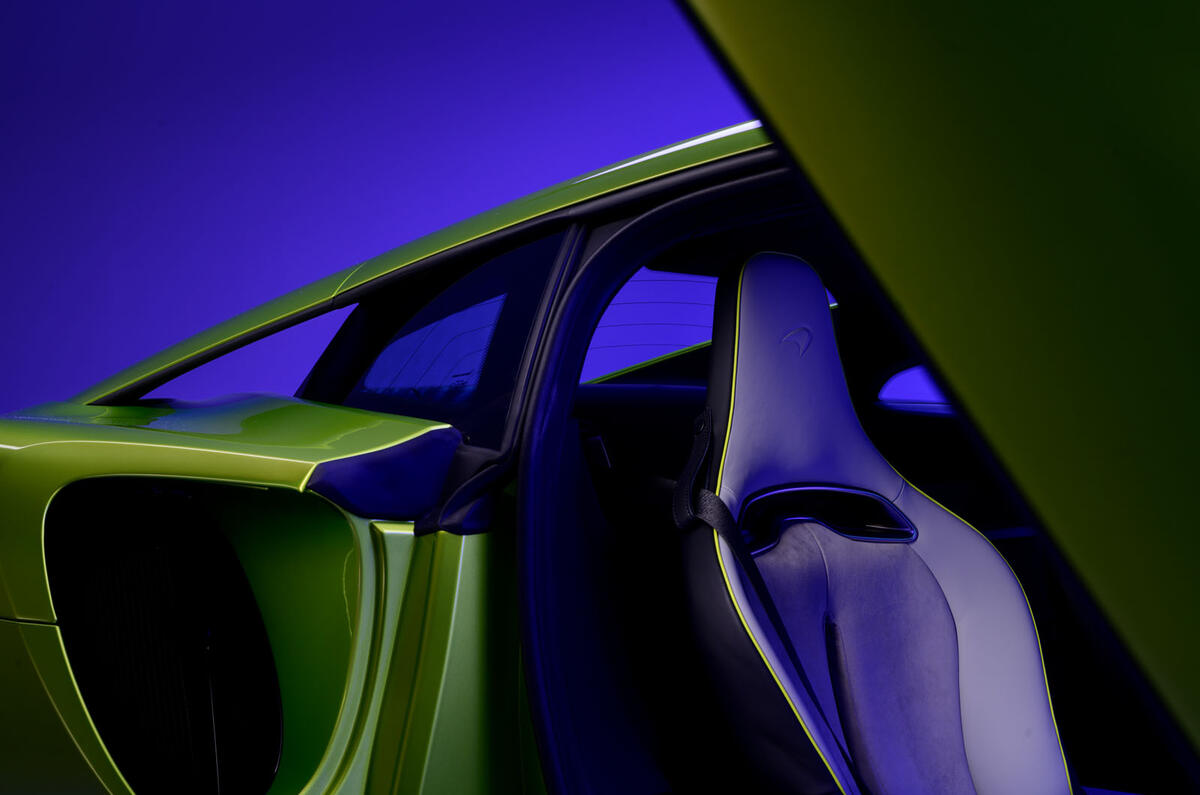
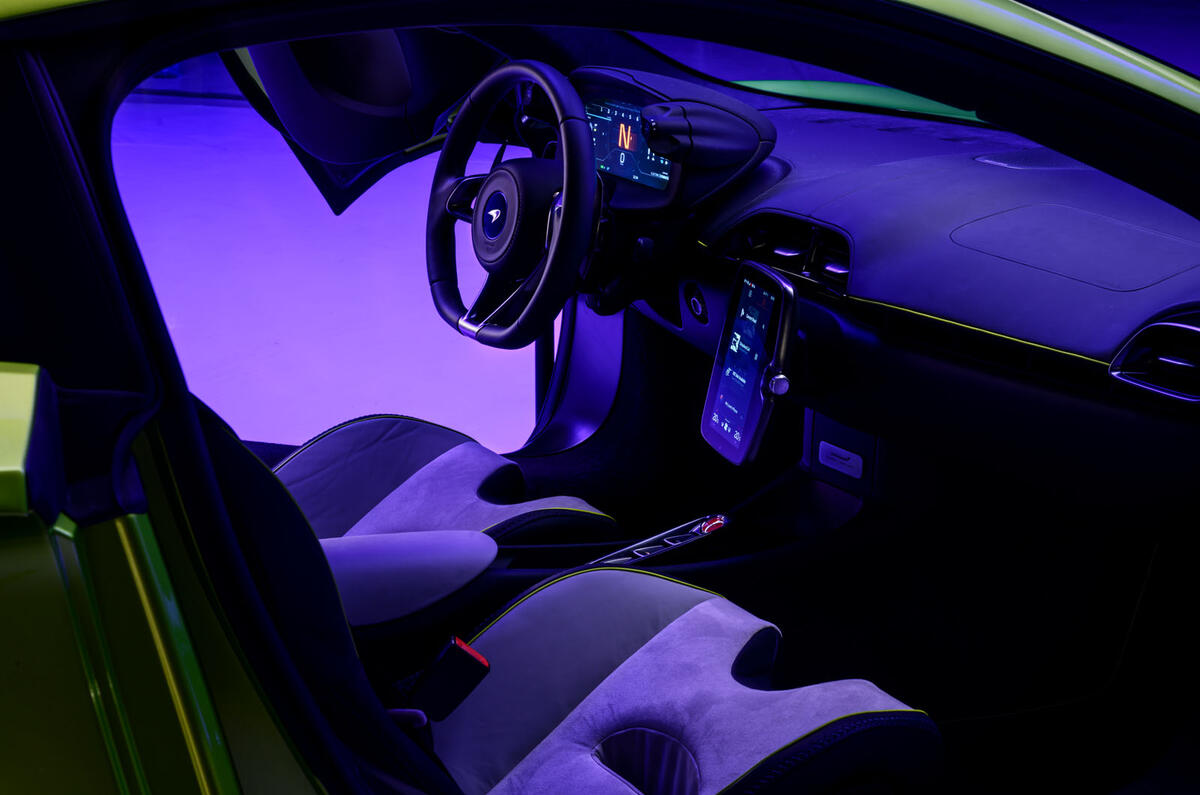
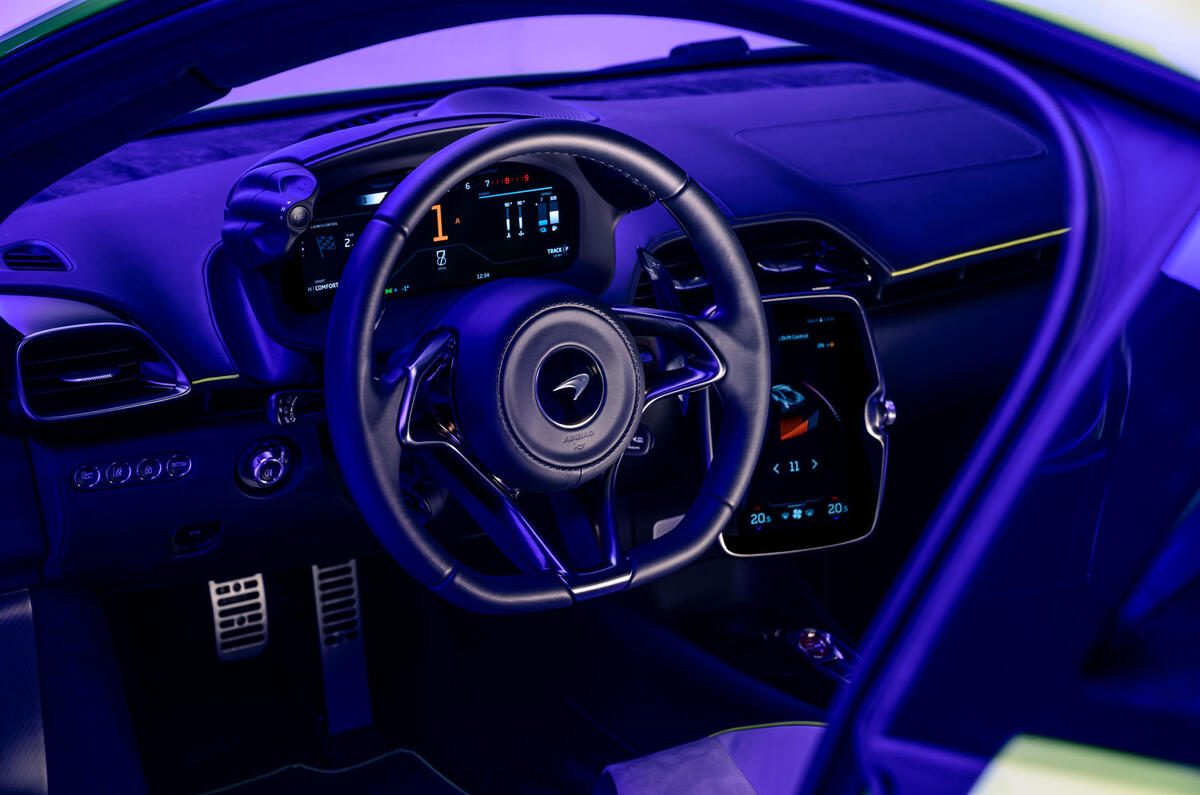
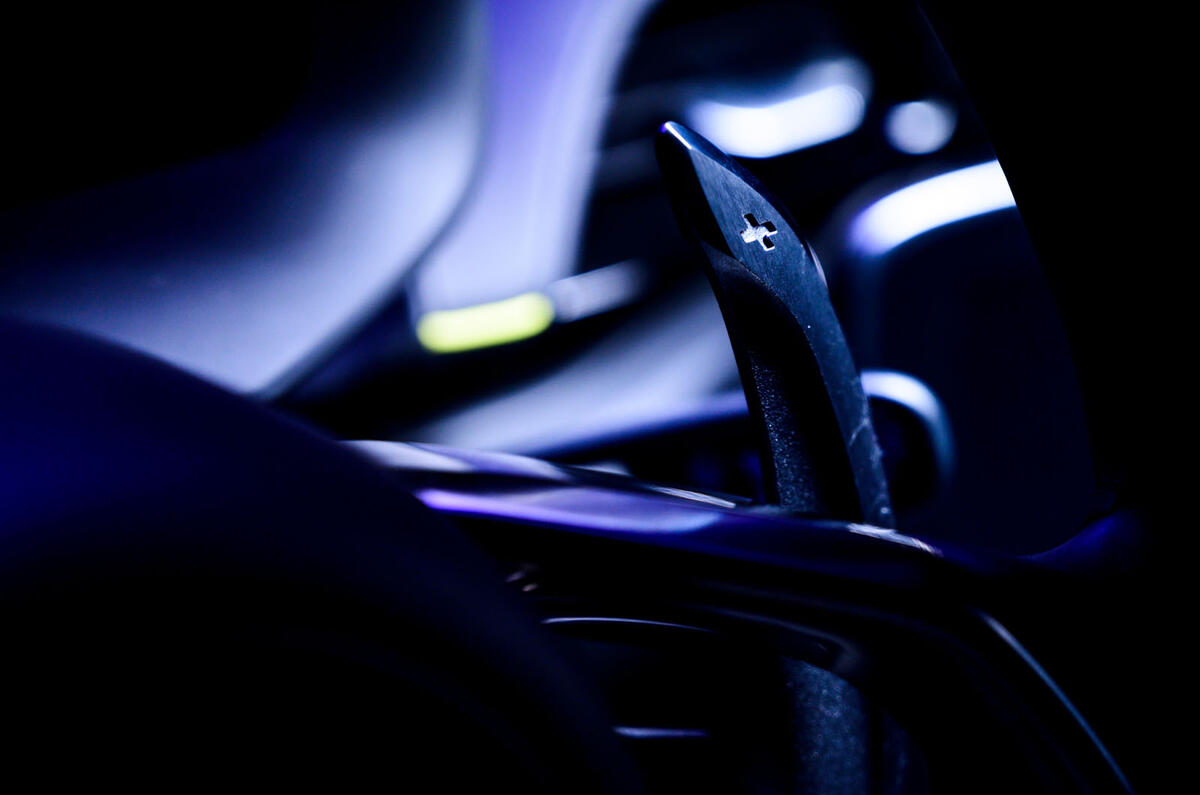
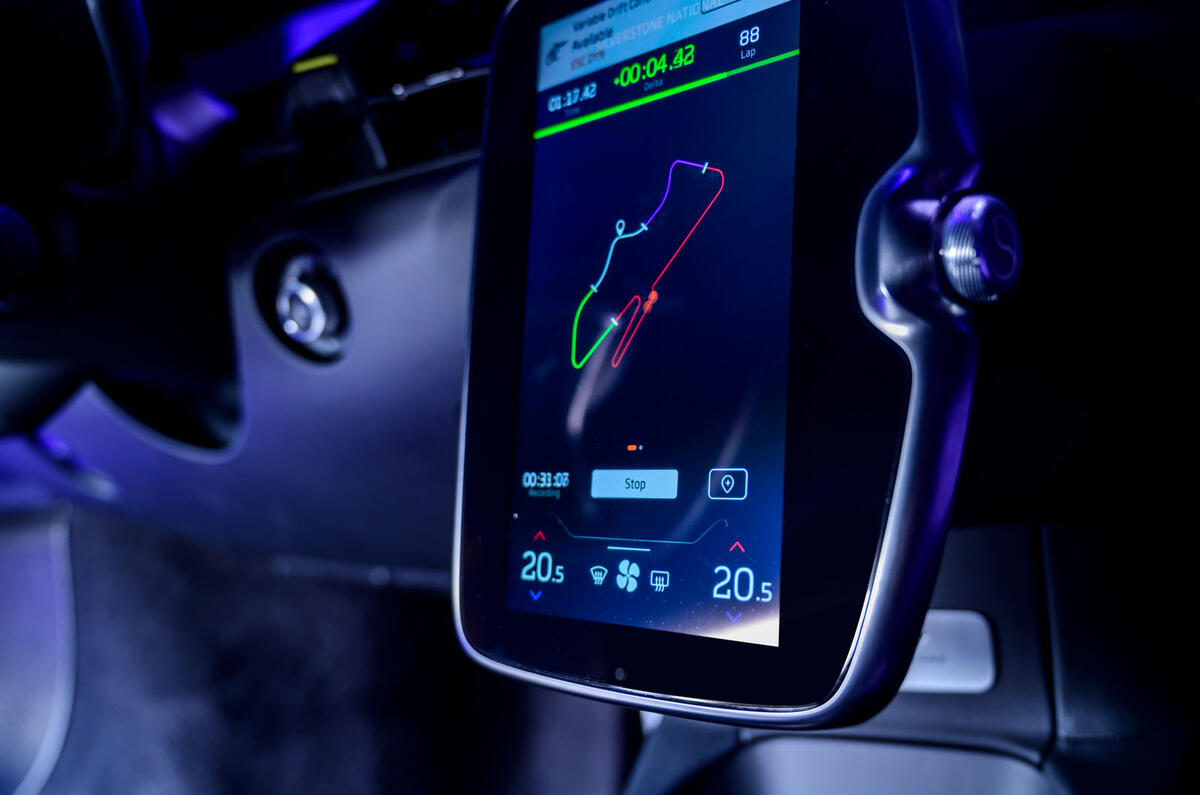
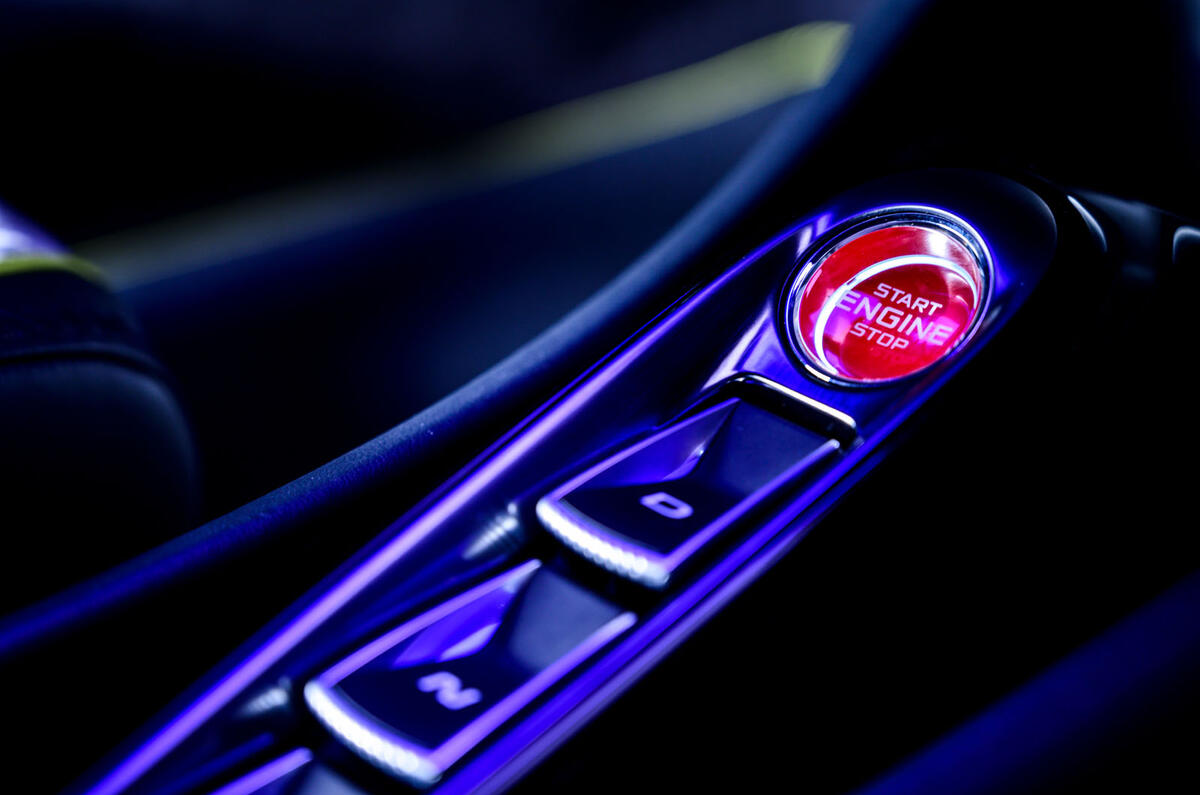
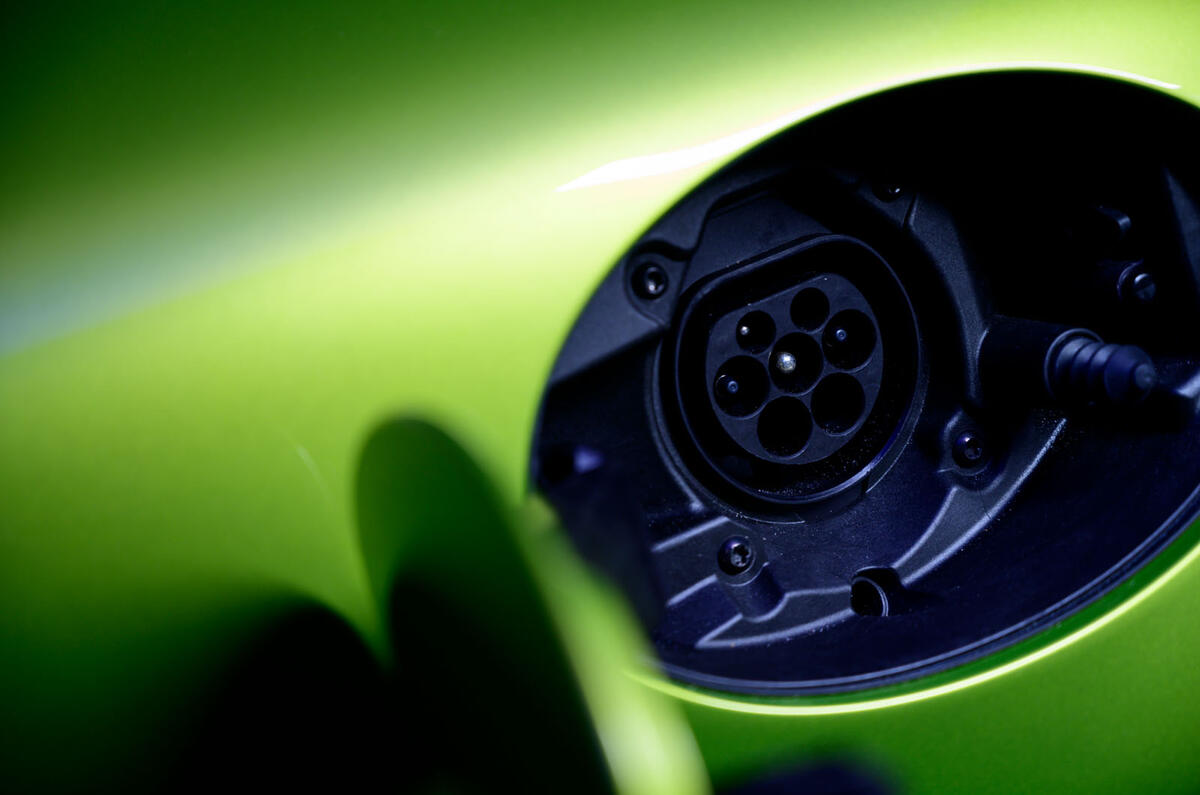
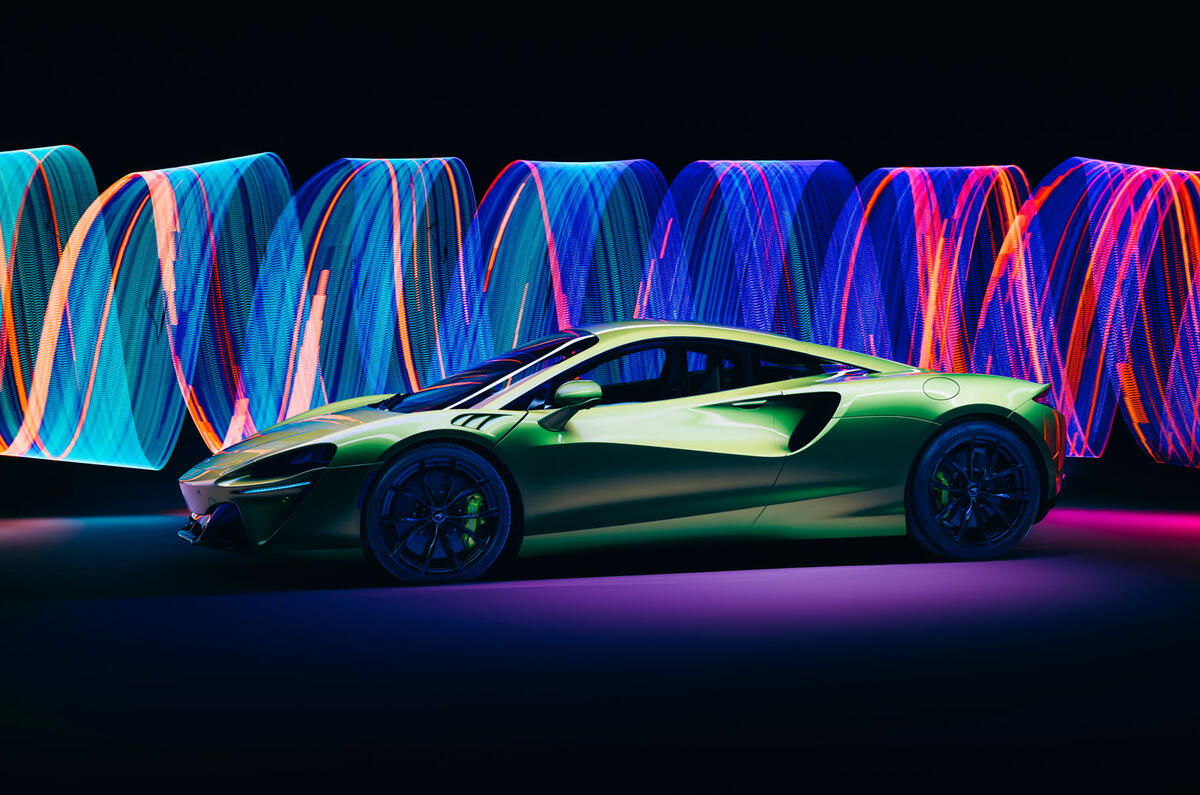
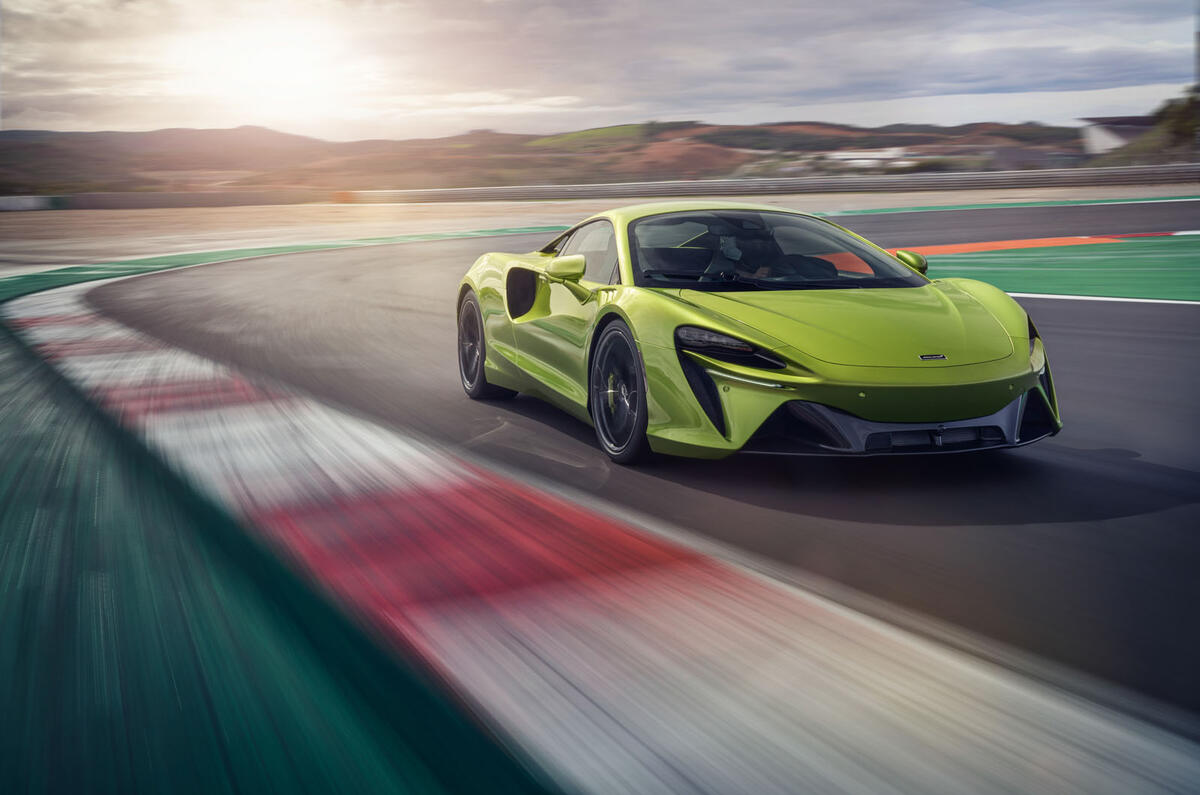
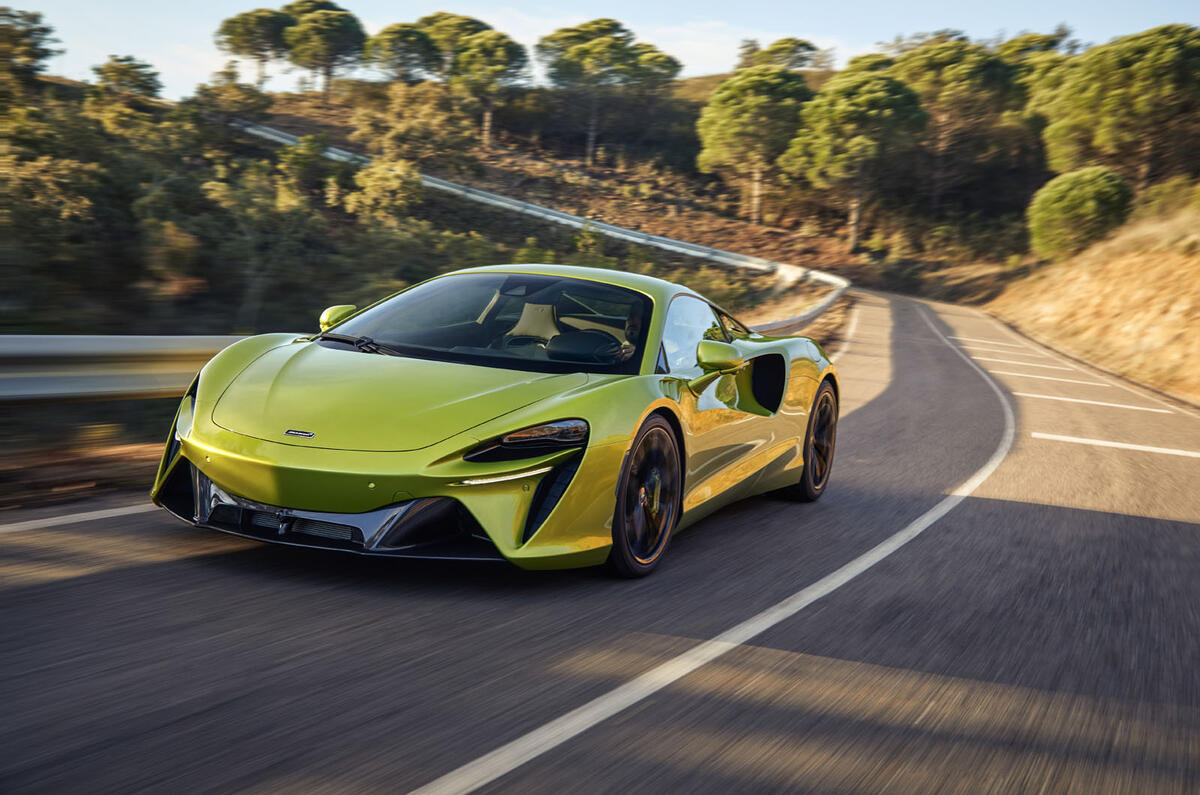
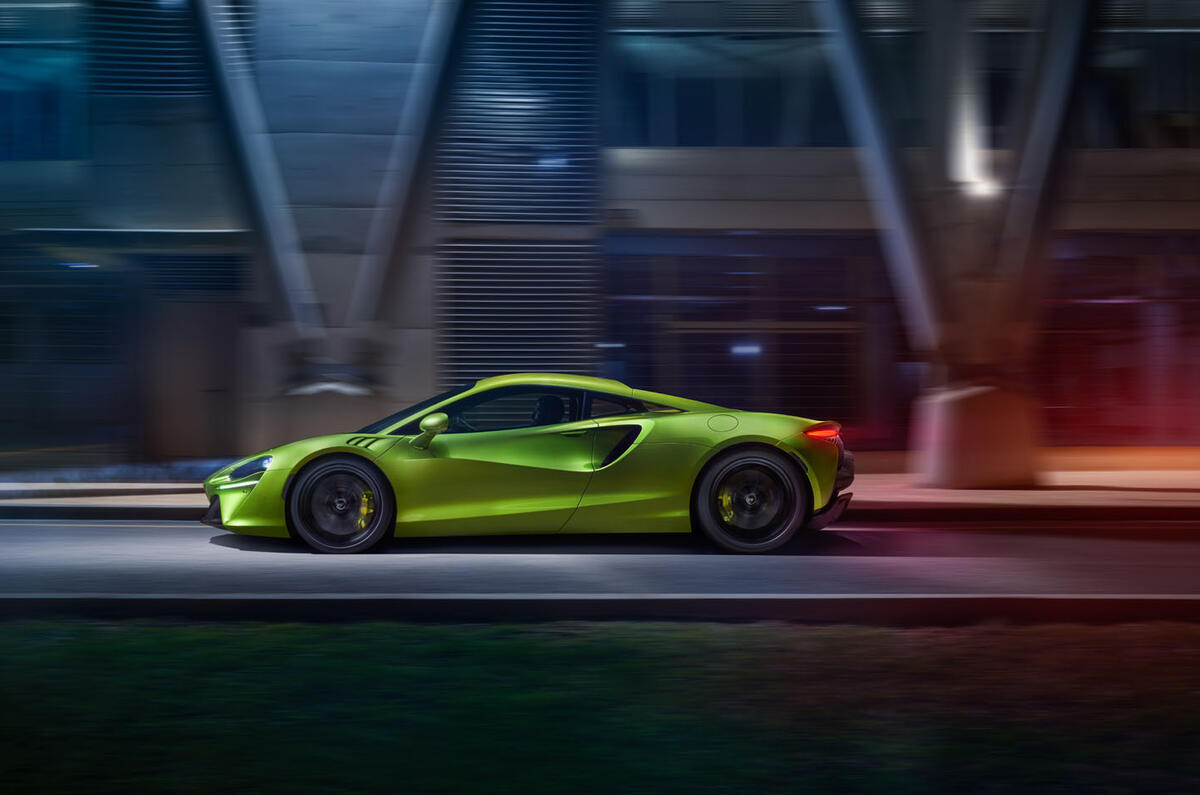
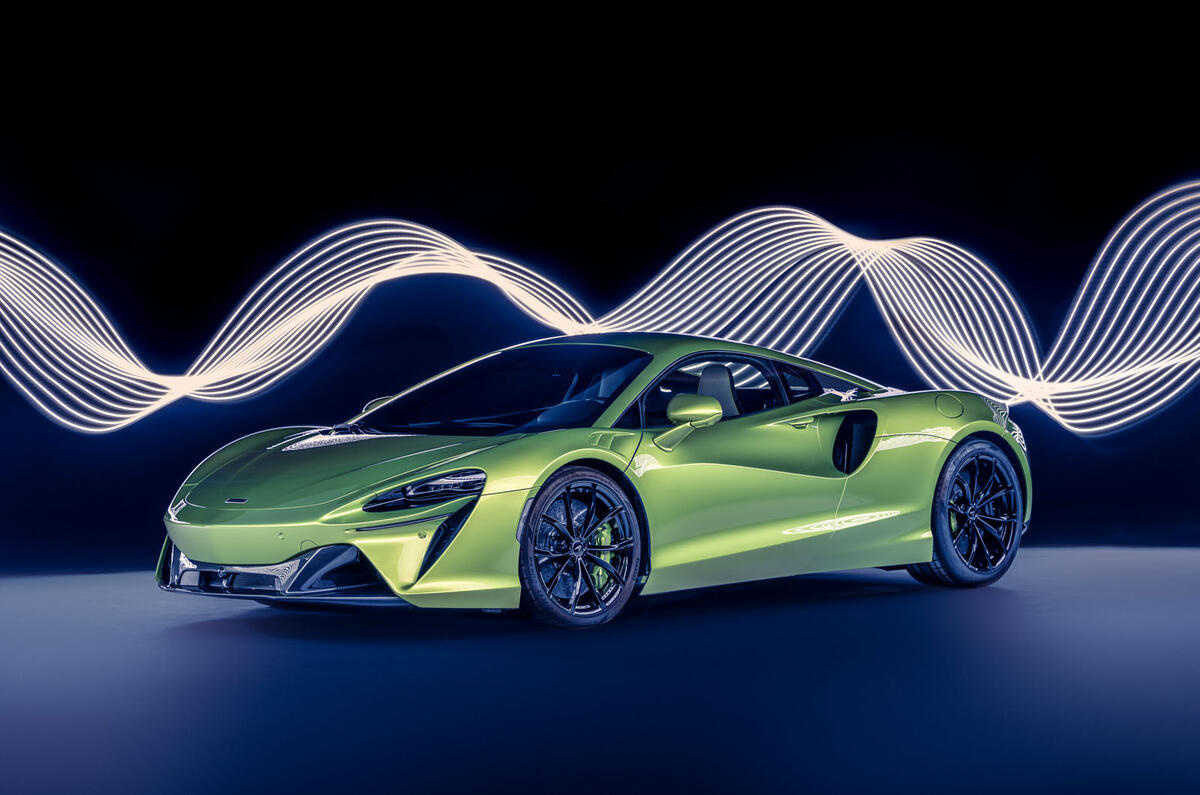
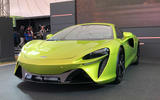

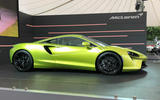
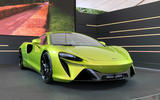
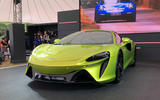




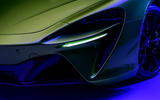










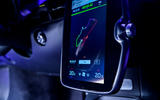




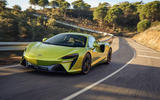



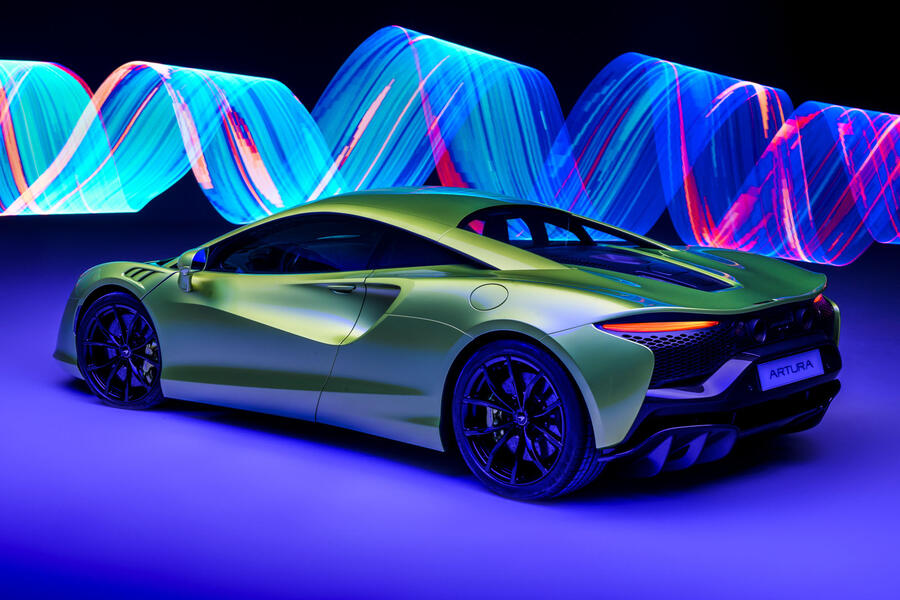
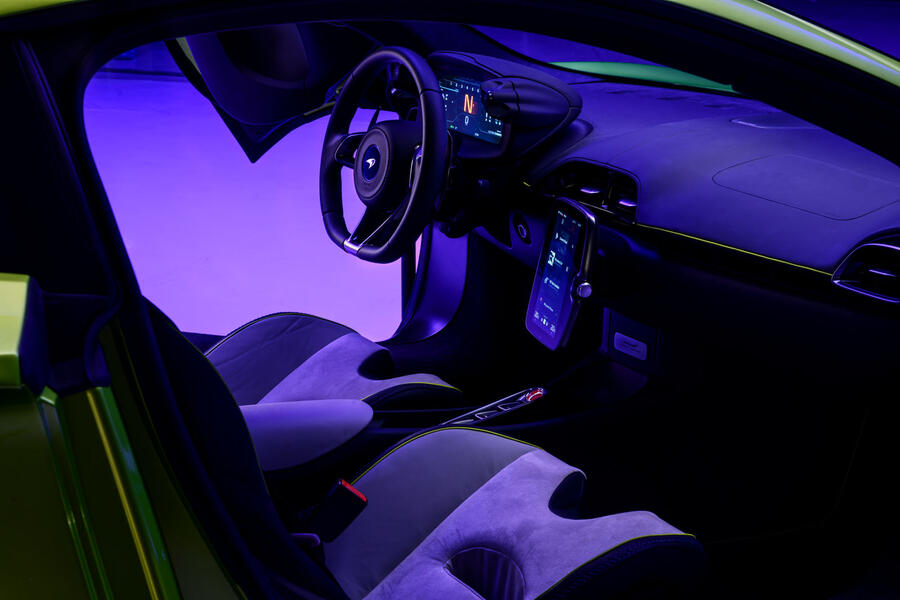







Join the debate
Add your comment
I REALLY want McLaren to succeed, but do wish they would get rid of the plain expanse of body colour beneath the 'beak', it just looks boring.
Personally I think the lime green & black wheels do it no favours, but a deeply impressive and desirable car.
Yep, still not impressed, it's just another McLaren,new shape please!